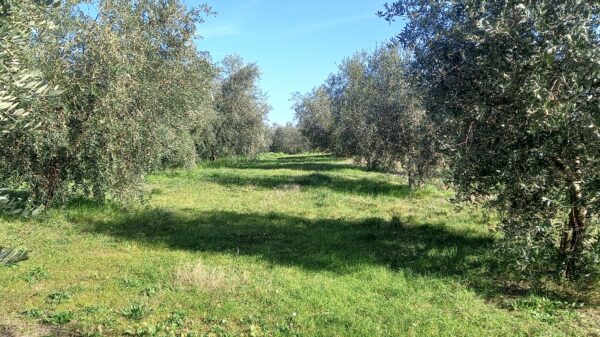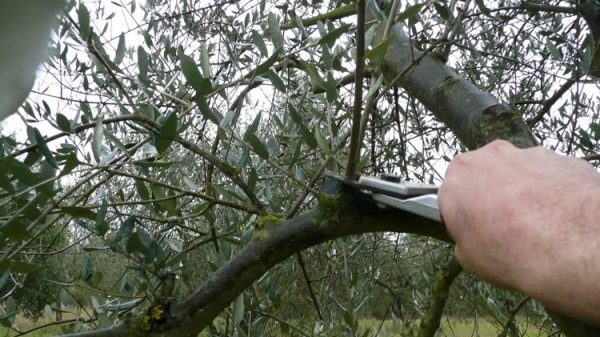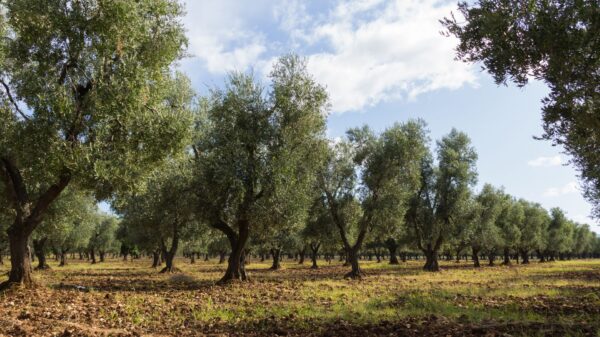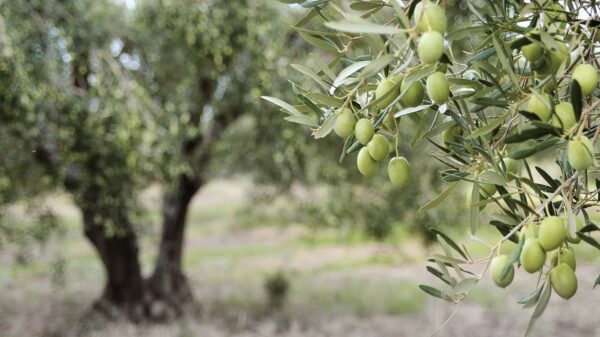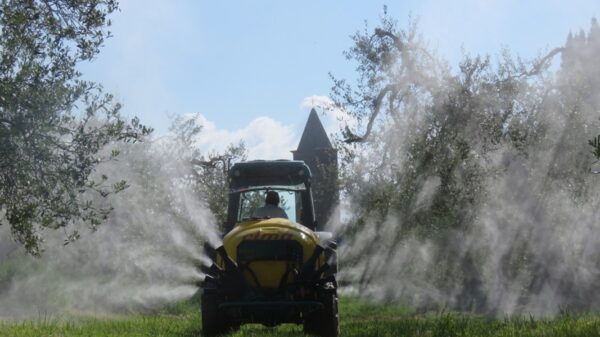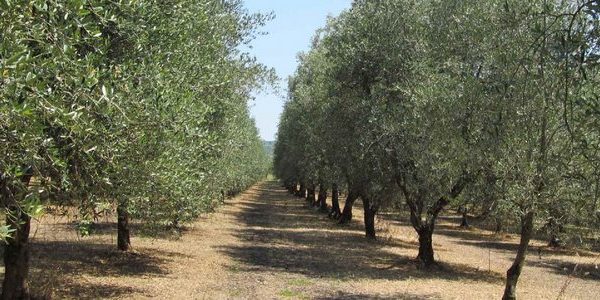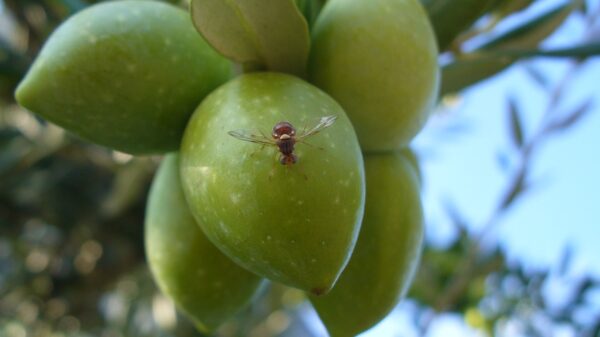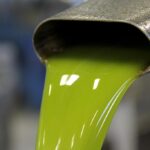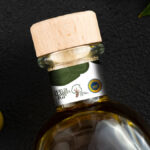Members were asked for further information on damage which could cause the Asian bed bug on the olives. There Asian bed bug it's a pest insect, is highly polyphagous and in olive groves it has been causing damage since Mayas for feeding pierces leaf tissue, being equipped with a very specialized biting-sucking mouthparts.
The rostrum of Asian bed bug it is able to pierce even very resistant tissues and during the lymph sucking activity the insect emits saliva through a channel formed by buccal stylets. This salivary liquid is rich in enzymes, which are capable of breaking down plant tissues and making them pre-digested by the insect. Saliva, once in contact with plant cells, creates their reaction which deforms them and, in the pulp, forms hard nodules called lithiasis.
In the period from June to August females lay 50 to 150 eggs in groups on the underside of the leaf.
As soon as they are born, the nymphs are yellow-orange and black. Before becoming an adult insect, these larvae go through five stages of development and in each of these stages they feed on the olive tree.
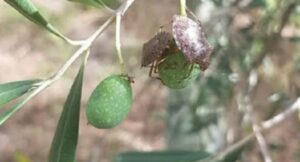 - major attacks they focus in the autumn period, as the insect finds other sources of nourishment with difficulty, such as grapes, pears, apples. Thus the olives become an attractive food.
- major attacks they focus in the autumn period, as the insect finds other sources of nourishment with difficulty, such as grapes, pears, apples. Thus the olives become an attractive food.
The damages of Asian bed bug on olives they start immediately after their fruit set, because the micro-wounds inflicted from sucking stings are one of the important causes of early drop, or green drop.
In case of attacks, the olive, still small, reduces its ability to remain attached to the branch and, already with light shakes, falls. Furthermore, the lesions are an entry point for fungal and bacterial infections.
The presence of lithiasis inside the pulp decreases, even if to a limited extent, the surface capable of producing fat (therefore this too should be considered as a loss of production).
What worries more è the quality, because, in the case of important infestations, they are obtained sweeter oils, with less evident hints of fruit e decrease in antioxidants, such as phenols.
The total concentration of phenolic compounds is closely related to the life of the oil itself and their decrease consequently leads to an increase in the peroxides and acidity of the oil.
To date there is no real defense strategy able to secure the productions. The use of insecticides sometimes does not give the desired results because the oral apparatus of the CIMIC goes deep, so some insecticide products are ineffective. Instead, a careful monitoring using pheromone traps, to be installed at the edges of the olive grove, to detect the presence of Bedbugs in the area: when they are highlighted, the level of infestation must be quantified using the shaking technique.
There are no defined intervention thresholds, but the cost-opportunity for each area of intervention must be evaluated. Considering that these insects are very mobile, therefore, a new population can easily establish itself where another one has been eliminated.
Instead, it should be considered as interventions against the olive moths or the olive fly, using such as theacetamipridmay affect the populations of Asian bed bug. In these careful cases, careful monitoring will have to be used to determine the timing of application.
AIPO Director
Interregional Association
Olive producers


